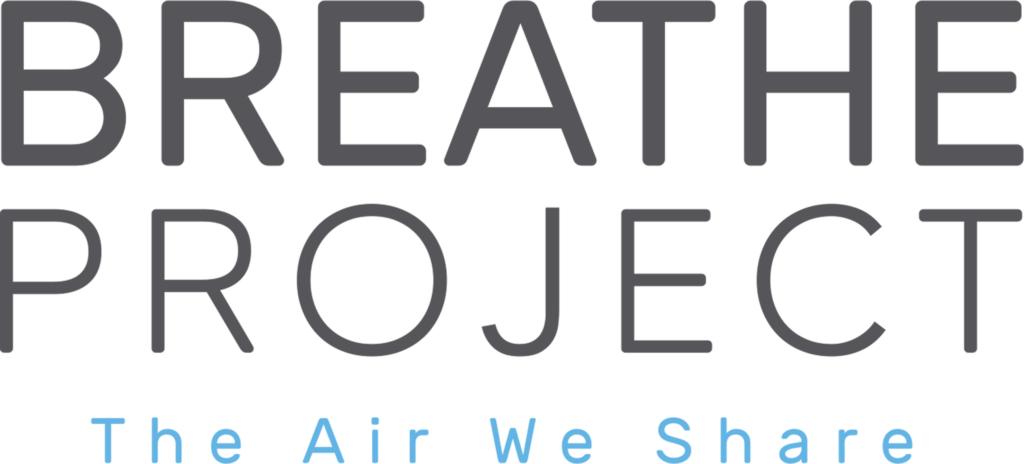By Matthew Mehalik, Ph.D., Executive Director, Breathe Project
Testimony provided at the US Environmental Protection Agency (EPA) and National Highway Traffic Safety Administration (NHTSA) public hearing, September 26, 2018, Pittsburgh, Pennsylvania.
I appreciate the opportunity to comment on the Trump Administration’s capricious and shortsighted decision to roll back Obama-era standards requiring cars and light trucks sold in the United States to average more than 50 miles per gallon by 2025.
Given the negative health and economic implications for such a rollback, I strongly support PA’s joining California, 15 other states, and D.C. to try to put a stop to this rollback. I recommend that regulators follow the common-sense notion of “do no harm” and reject the planned rollback of these standards. In this case, “doing no harm” is simple. It means not making any changes at all from current policy. Just leave the situation alone. The Environmental Impact Statement of the proposed changes makes this clear.
The proposed changes will result in:
- An increase in 412 billion gallons of gasoline consumed (three years’ supply for the entire country based on 2017 consumption). Think of the national security implications!
- Increased adverse health impacts – mortality, acute bronchitis, respiratory emergency room visits and work-loss days nationwide – as a result of increases in emissions of PM2.5, DPM, and SOX,” compared to leaving the situation alone.
- Climate impacts – the proposed actions will increase CO2 emissions between 3 and 11 percent. The proposed actions will be like adding between 3.5 – 9.2 million vehicles (In Allegheny County, 2 – 5.3 million worth of vehicles.)
Why not do nothing and do something good for the climate instead?
From the perspective of Pittsburgh, our region already suffers from some of the worst air pollution in the United States. According to a Clean Air Task Force analysis of our region’s pollution sources from the National Emissions Inventory, mobile sources, such as cars, trucks and buses are the second largest contributor to our region’s pollution, accounting for approximately one-fourth of our region’s pollution, such as small particles and ozone. Air quality ranks “not good” between one half and two-thirds of all days in our region. From 2014-2016, four regional air monitors in our county registered particulate matter concentrations worse than 90% of the U.S.; seven out of ten monitors had PM levels in the worst 25% in the nation and three of the Pittsburgh region’s 11 ozone monitors ranked in the worst 25% nationally.
Allegheny County ranks in the top 2 percent of counties in the U.S. for cancer risk from air pollution.
Our air poses a significant threat to public health with an increased risk of heart and lung disease, asthma, diabetes, cancer and premature death. See Air Pollution Sources and Health Facts.
The American Lung Association’s (ALA) annual “State of the Air” (SOTA) report for 2018 again put the Pittsburgh region on notice. Allegheny County once again received straight Fs for ozone, daily particulate matter levels and long-term particulate matter levels. This was the only county outside of California to get straight Fs for all three measures of air pollution.
For the daily measure for fine particle pollution, the metro area’s rank fell from 17th worst in the country to 10th worst out of 201 areas. Of all counties in Pennsylvania, only Allegheny County experienced an increase in the frequency of unhealthy days for this pollutant (from 6.0 to 8.5 days). The frequency of high particle pollution days was the highest for any county east of Utah.
The Pittsburgh region was one of four regions with an increase in the number of “spikes” in particles. Despite this deterioration in air quality, the metro area’s rank for annual particulates held steady overall as the 8th worst air in the country out of 187 places. The Pittsburgh region has occupied this spot for the third report in a row. The metro area has the worst air in the country outside of California. The Pittsburgh metro area also showed poor performance for ground-level ozone. While the three-state, 12-county metro area showed general improvement, Allegheny County levels remained high enough that the metro area still ranked 32nd worst out of 227 areas across the country for ozone.
If there has been any improvement in our air quality over the years, the improvements can be directly attributed to the increasing technological requirements from the Clean Air Act and from federal legislation, such as the finalized 2012 Obama rule to require more fuel efficiency standards. The legislation was the result of the federal government’s need to bail out automakers in the great recession. And the legislation had many benefits, such as saving the average family $6000 over the life of vehicles in 2025, even after paying for the cost of technology to improve fuel efficiency.
Collectively, improved fuel efficiency was forecast to save Americans a total of about $50 billion by 2030, according to the Union of Concerned Scientists.
Why would anyone want to curb such a beneficial program and perpetuate the harms to our region’s health and reputation? We in the Pittsburgh region need these clean vehicle standards for a better future for our children, communities, and economic development.
How often can it be said that doing nothing is the best thing? I urge regulators to embrace “Alternative 0.” Do nothing. Do not enact these rollbacks. Do not harm our region’s health, economy, air quality, security, and climate.

